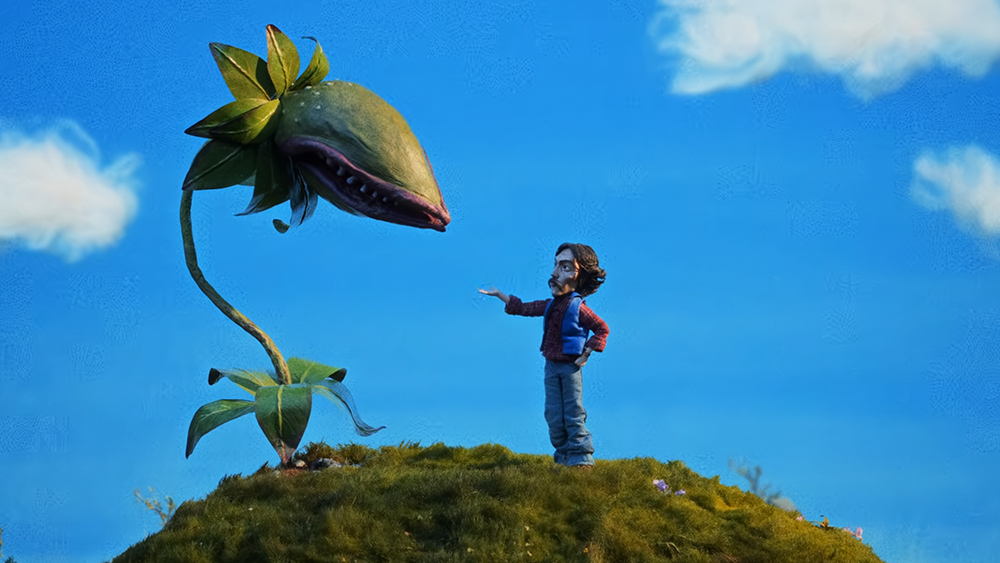Distressed effects in Photoshop
When you want to create convincing imperfections within your digital work, forget filters, the resources you need are all around you.
Make no mistake, environmental conditions will have an adverse effect on the longevity of any artwork posted outdoors. But that which is detrimental to quality also produces a new form of beauty. That beauty can be found in the distressed effects that are the direct result of weather, or normal wear and tear caused by activity in the immediate surroundings. Many digital artists recognise the beauty within these tactile imperfections, but more often than not, the reproduction of these effects is less than impressive.
The first thing you need to accept is the fact that filters won't do the job for you. A filter may promise everything from dust to scratches to photocopier-style imperfections, but the results are rarely authentic. If you want the job done right, do it yourself. Keep an eye out for naturally occurring patterns in things like rust and peeling paint. These can be useful when manipulated and incorporated into alpha channels.
Try making a photocopy of nothing while leaving the lid open on the copier. The resulting sheet covered in black toner can be crumpled or scratched with sandpaper to create stark white patterns of distress within the black. These bold patterns are especially useful within alpha channels, because alpha channels, combined with layers, will allow you to introduce convincing distress to any image you choose.
Click here to download the support files (600KB)
Click here to download the tutorial for free
Daily design news, reviews, how-tos and more, as picked by the editors.

The Creative Bloq team is made up of a group of art and design enthusiasts, and has changed and evolved since Creative Bloq began back in 2012. The current website team consists of eight full-time members of staff: Editor Georgia Coggan, Deputy Editor Rosie Hilder, Ecommerce Editor Beren Neale, Senior News Editor Daniel Piper, Editor, Digital Art and 3D Ian Dean, Tech Reviews Editor Erlingur Einarsson, Ecommerce Writer Beth Nicholls and Staff Writer Natalie Fear, as well as a roster of freelancers from around the world. The ImagineFX magazine team also pitch in, ensuring that content from leading digital art publication ImagineFX is represented on Creative Bloq.
